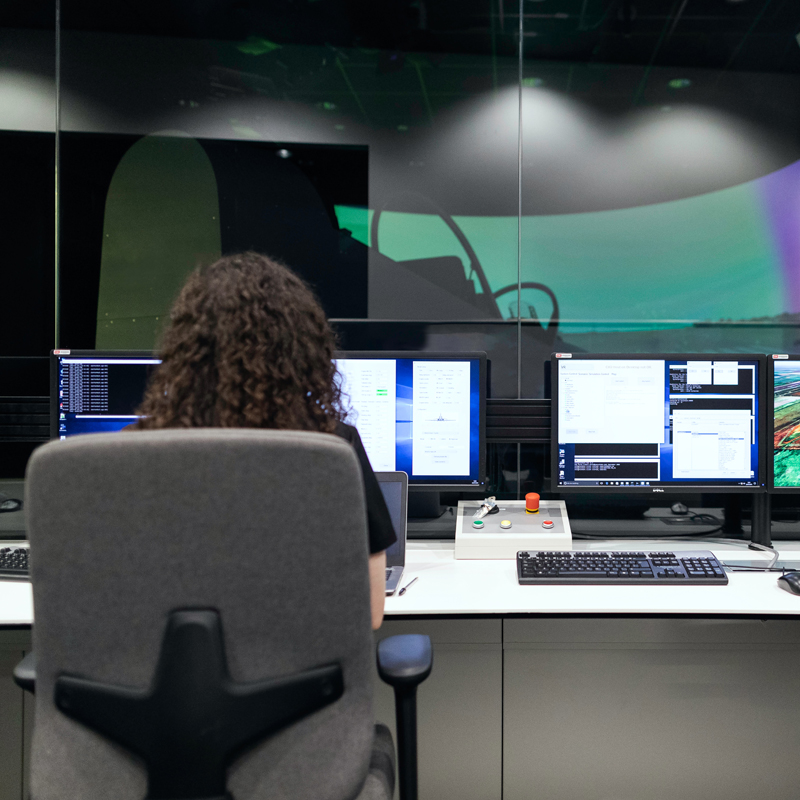
A comprehensive assessment of the current ERP (Enterprise Resource Planning) technology within an organization is essential to understand its strengths, weaknesses, and areas for improvement. This assessment helps in making informed decisions about whether to upgrade the existing ERP system, migrate to a new one, or continue with the current system while making necessary enhancements. Here's a guide on conducting such an assessment:
1. Define the Objectives:
Clearly state the objectives of the assessment. Determine if the goal is to evaluate the current system's performance, identify areas for improvement, or assess readiness for an upgrade or migration.
2. Assemble a Team:
Form a cross-functional team that includes IT professionals, ERP users, department heads, and key stakeholders. Each member should bring their unique perspective to the assessment.
3. Review Documentation:
Gather and review all relevant documentation related to the existing ERP system, including system architecture, configurations, user manuals, and maintenance records.
4. Interviews and Surveys:
Conduct interviews and surveys with ERP users and administrators to gather their feedback, pain points, and suggestions for improvement.
5. System Functionality Assessment:
Evaluate the ERP system's current functionality against the organization's needs. Identify any gaps between what the system offers and what is required.
6. Performance Evaluation:
Assess the system's performance in terms of response times, uptime, and reliability. Identify any performance bottlenecks or issues that affect day-to-day operations.
7. Data Quality and Integration:
Examine data quality and integration capabilities. Ensure data accuracy, completeness, and consistency across modules and departments.
8. Scalability and Flexibility:
Determine if the ERP system can scale to accommodate the organization's growth and adapt to changing business requirements.
9. Security and Compliance:
Evaluate the system's security measures and its compliance with industry regulations and internal policies.
10. User Experience and Training:
Assess the user experience by gathering user feedback. Identify areas where users require additional training or support.
11. Vendor Support and Updates:
Review the vendor's support and maintenance services, including the availability of updates, patches, and technical support.
12. Total Cost of Ownership (TCO):
Calculate the TCO of the current ERP system, considering initial implementation costs, ongoing maintenance expenses, and any hidden costs.
13. Integration with Other Systems:
Examine how well the ERP system integrates with other software and systems used within the organization.
14. ROI Analysis:
Evaluate the return on investment (ROI) of the current ERP system by comparing the benefits it provides against the costs incurred.
15. Future Requirements:
Consider the organization's future business goals and requirements. Assess whether the current ERP system can support future growth and changes.
16. Risk Analysis:
Identify potential risks associated with the current ERP system, including security vulnerabilities, data loss, or system failures.
17. Recommendations:
Based on the assessment findings, provide recommendations for improvements, upgrades, or migrations. Include a prioritized action plan.
18. Decision-Making:
Present the assessment report to key decision-makers within the organization to make informed choices regarding the ERP system's future.
19. Implementation and Monitoring:
If changes or upgrades are recommended, implement them and continuously monitor the system's performance to ensure it aligns with the organization's objectives.
Contact Us
Choose Cenmic Management as your trusted partner in IT and management consulting and let us empower your small or medium-sized organization with the tools, strategies, and support needed to thrive in today's competitive business environment.






